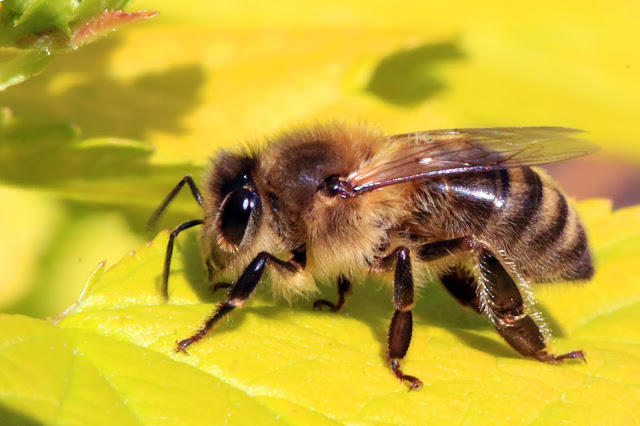The boy who was raised as a girl
Advanced lesson plan (B1 and above): The boy who was raised as a girl - BUY ME A COFFEE if you like my FREE ESL content After a botched circumcision, doctors recommended baby Bruce be raised as a girl. He would be happier as a girl than as a boy without a penis, according to the family's psychologist Dr John Money. His true identity was to be kept a secret. In this worksheet, students will discuss the line between nature and nurture, the patient-doctor relationship and a mother who did her best in an impossible position. Educational materials shouldn't be paywalled. Show your support for my ESL content by buying me a coffee! Lesson activities: Part 1: The Accident . Students read the introduction to the medical case study. They must complete the sentences by choosing words from the purple box. There is then a discussion section, where they can practise second and third conditional structures: "If that happened to my son, I would feel devastated"; "If I had bee


